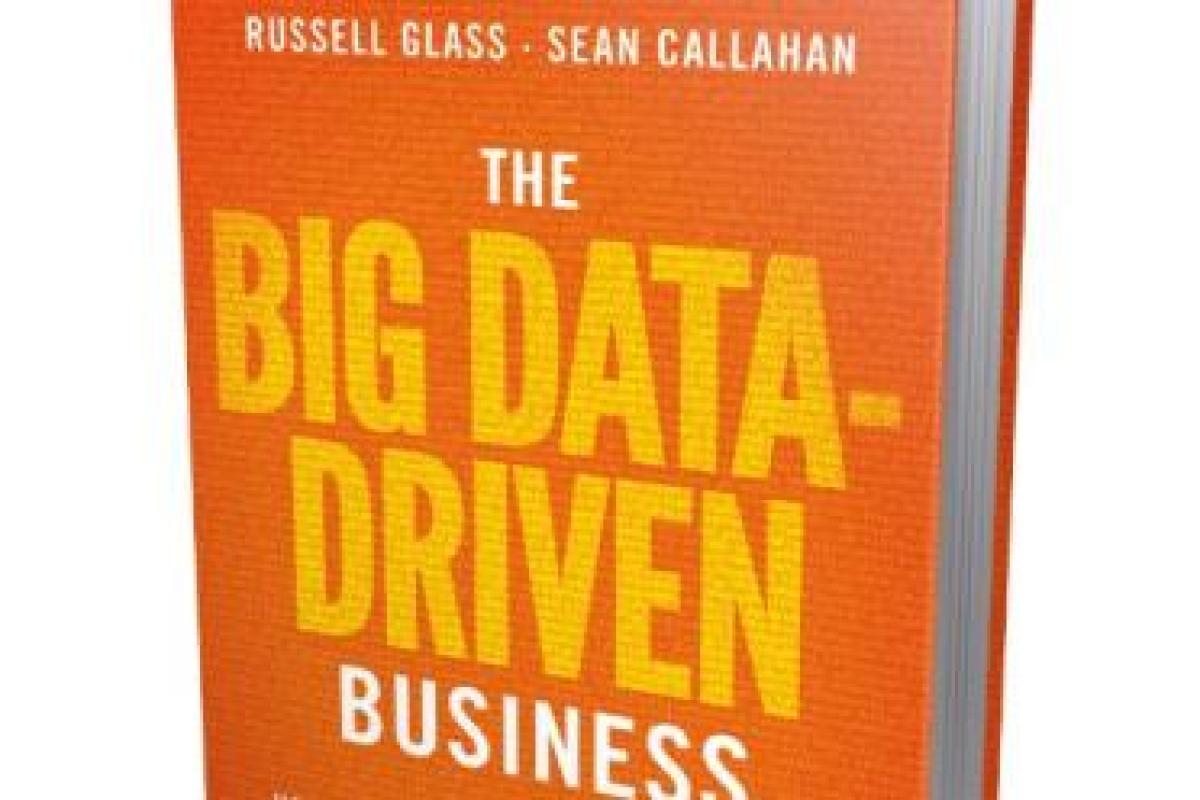The authors of this book have a lot in common. Both work at LinkedIn. Both work in B2B marketing. Both came from Bizo where Russell Glass was a founder. LinkedIn acquired Bizo in 2014 for $175 million and LinkedIn’s Lead Accelerator product is based on Bizo.
This is a book about how programmatic marketing came about. It digs deeply into the history of marketing and finds threads that can be followed through to the present and – speculatively - into the future. It is written by marketers for marketers. Every marketer can probably find nuggets and treasures in here, but the book will connect most with those who are interested in how to find business opportunities in a world of ever-increasing amounts of customer data.
Early in the book these opportunities are compellingly demonstrated by Dan Siroker’s fund-raising strategy for the Obama08 presidential campaign. Siroker’s approach was hugely experimental. Experienced marketers on the team were often convinced that they knew the best way to conduct the campaign. They were often wrong. For example, they ‘knew’ that the campaign needed a video on the landing page. It didn’t. Siroker tested alternative approaches on samples of voters. He was able to show which web pages increased donations. The campaign was sharpened accordingly and generated an estimated $60 million extra funding from supporters.
The main theme of the book is the “Customer-focused data-driven business” - more customer data increases customer focus. The authors argue that better customer understanding drives market leadership. Netflix beat Blockbuster and Apple beat Blackberry because they understood their customers better and constructed solutions to meet customers’ needs. Customer understanding matters, of course, but creativity and inventiveness to build great solutions matter too.
Happily, the authors do not assume that Big Data will provide all of the answers. Quite the contrary: marketing automation software needs monitoring and interpretation. And this extends to the most basic questions of them all: are we collecting the data that we need to answer the right questions? The authors share an experience in Bizo. In 2013 Bizo was in serious trouble because it had not collected the key data to enable them to accurately qualify prospects. Bizo’s problem was that its understanding of the customer decision psychology was incomplete. This is fundamental and core to our approach at opento: data science complements ideas about the consumer and market, it does not replace them. Data science tests your ideas and hypotheses about customers; it does not create those ideas. However ‘big’ your data, without a model of underlying psychology, it is data without meaning or insight.
What the book chooses to leave out is significant. Technologies like machine-learning don’t get a mention, and Twitter, Facebook, mobiles, and location-data are hardly mentioned at all. But if you want to know what a Marketing Stack is, and what technology products you need to construct one, the information is there. (With examples of the brands that you need, the shopping list includes: Marketing Automation Software; Business Intelligence Databases; Customer Relationship Management System; Content Management System; Blogging Platforms, Data Management Platform; Analytics Tools; Social Media Management Software; Predictive Lead Scoring; Customer Service Software; E-Commerce Platform; Search Engine Management Platform; Demand-Side Platform.)
What does this mean for the role of the CMO? Increasing focus on the customer journey pushes marketing closer to the customer and blurs the distinction between Marketing and Sales. The authors go further, and define a Marketing Technology Stack, connecting the CMO and CIO roles/capabilities, that gives an enhanced view of the customer. Glass & Callahan even speculate that this evolution in the CMO role will lead to more future CEOs coming from a career path through marketing rather than, say, finance - citing Royal Dutch Shell, Mercedes Benz and RadioShack among others as examples.
Glass & Callahan agree with Drucker that: “Business has only two functions: marketing and innovation” adding “…and both of them will be led by the CMO”. We agree. The future is not about CMTOs (Chief Marketing Technology Officers), it’s about CMOs who know put customer insight at the core of a data-driven business.
Paul Pickering is Technology Partner of opento.com, specialising in applying data science to business and marketing problems.
Join our Book Club. If you're a member of The Marketing Society we'd love you to write a 300-word review for our Clubhouse. Or if you're an author get in touch. We've got lots of members keen to review your book. Contact Michael Piggott to find out more.
